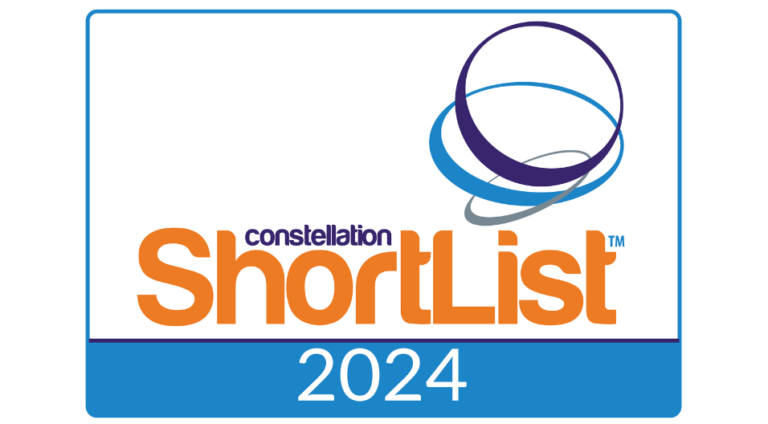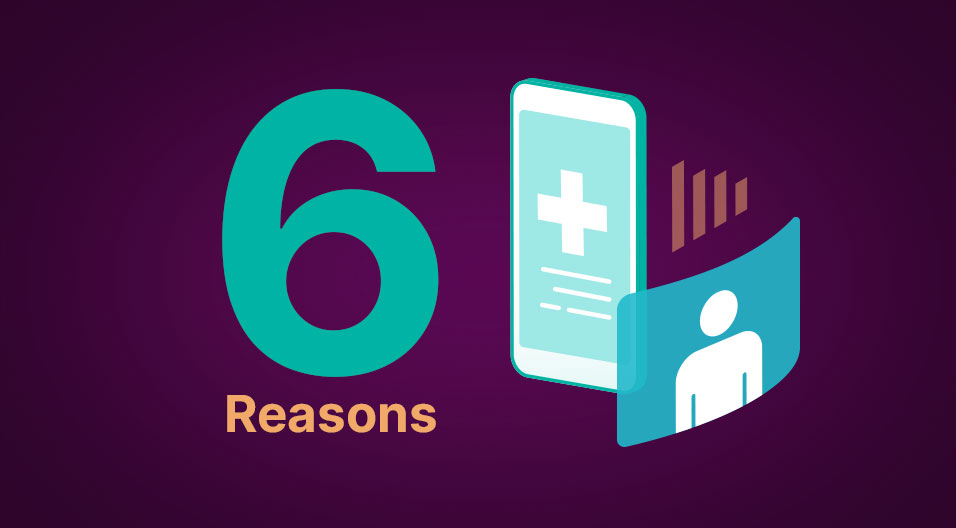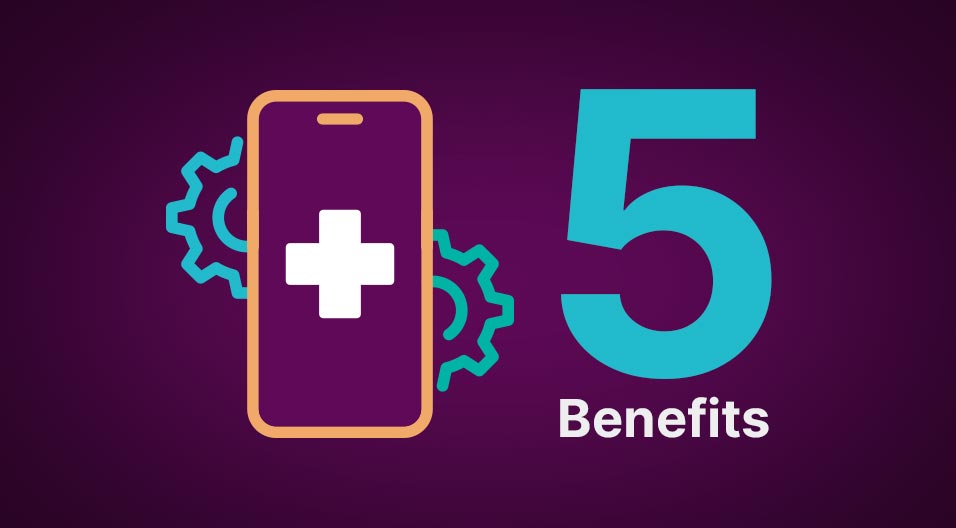With current inefficient communication processes negatively impacting patient satisfaction and experience, the right pre-care patient engagement solution can help transform your business and your relationship with patients.
Through simple, convenient and interactive messaging via mobile devices ahead of appointments, health systems no longer have to wait for patients to contact them. Personal information and necessary documents are retained digitally for future visits, eliminating the need for patients to re-introduce themselves at every new care encounter.
Moreover, the right solution creates a closed care loop – patients are engaged from opening inquiry, referral, scheduling, reminders, prior authorizations, pre-care instructions and procedure prep, inpatient care, post-discharge follow-up and additional scheduling.
By updating previously antiquated, paper-based processes that required multiple staff members and implementing a “digital workforce” health systems are poised to:
1. Reduce Millions of No-Shows
With many healthcare executives feeling the pressure to find novel ways to generate new business and cut costs, patient engagement programs offer a potential solution: they provide a way to reduce the millions of no-shows and missed appointments that cost the healthcare system 150 billion annually. With pre-care technology healthcare organizations can recoup lost revenue and operate sustainably by driving patients to appointments via scheduling, appointment reminders, cancellation and rescheduling capabilities, as well as streamlining of referral scheduling, all through automation.
2. Meet Every Patient Where They Are
Inviting people to participate proactively in their care makes their health top-of-mind and improves access by letting them know how, when and where they can get the care they need. However, effectively engaging a health system’s entire patient population is typically easier said than done. Automation and mobile engagement can make it a reality – 97% of Americans own a cell phone and 98.2% of patients like receiving text messages from their provider. Given this, health systems can reach and meet every patient where they are in order to retain them, stay in regular touch with them, build a relationship, improve health outcomes and earn their loyalty.
3. Modernize the Patient Experience
Digital transformation is becoming an imperative. Today’s patients are used to doing everything digitally – booking dinner reservations, ordering groceries, paying bills – and they want their healthcare experiences to be the same. If not, patients will not hesitate to go elsewhere for the quality they expect – 28% of patients said they switched providers because of a poor digital health experience. In the face of these shifting dynamics, enabling patients to self-schedule via their mobile devices allows health systems to meet this expectation while capturing revenue and taking pressure off of schedulers. Pre-care solutions drive appointment volumes and revenue via appointment confirmation, data intake tools and virtual waiting room capabilities while reducing patient and provider friction.
4. Save Time for Patients and Staff
Long patient wait times not only affect the perception of care, they create the risk of losing patients altogether. Up to 30% of patients have left a physician’s office before being seen because of wait times; 20% would consider changing providers because of long waits. This can be remedied by allowing patients to manage their appointment schedules and submitting information before they set foot in the clinical setting. Pre-care tasks can all be completed digitally on their mobile devices so they no longer need to spend extra time in the waiting room filling out forms or sharing paperwork.
In addition, a digital pre-care solution can help frontline staff save thousands of hours annually by reducing paper-based, robotic tasks through digitizing common pre-visit forms, as well as allowing the patient to share insurance information through a conversational experience versus a phone call or form fill. Given recent staffing shortages, this frees up remaining staff for more proactive care coordination activities. Also, collecting data digitally makes it available sooner than handling hardcopy materials that need to be manually uploaded into systems of record, which can often introduce errors. This gives office staff and clinicians access to the information ahead of appointments, where it can be referenced during appointments, to deliver better care and improve patient satisfaction.
5. Integrate with Existing Systems
Tech stacks have exploded in recent years. In some cases, this has limited organizations’ ability to scale and created a disjointed patient experience. When adding new technology moving forward, it is important for healthcare leaders to ensure they integrate with existing systems. The right pre-care solution will connect seamlessly with EMRs and pull information about patients from other platforms, like the CRM, to deliver more personalized interactions.
6. Gain Actionable Insights
With smart automation and capturing data through a conversational chatbot, pre-care solutions surface smart insights so patients get the care they deserve and health systems can achieve sustainable success. They securely collect real-time, conversational data during the pre-care interactions, which, when combined with clinical data, give healthcare providers an all-around view of their patients through every step of their healthcare journey. Having these insights sooner in the journey helps reduce friction, save time, and deliver a more satisfying experience for both patients and providers.
So why invest in a pre-care patient engagement solution? Healthcare organizations can thoughtfully automate key processes to support patients before their appointments. In doing so, they can power more personalized mobile conversations, deliver better outcomes for patients, improve staff experiences and achieve their financial goals.








